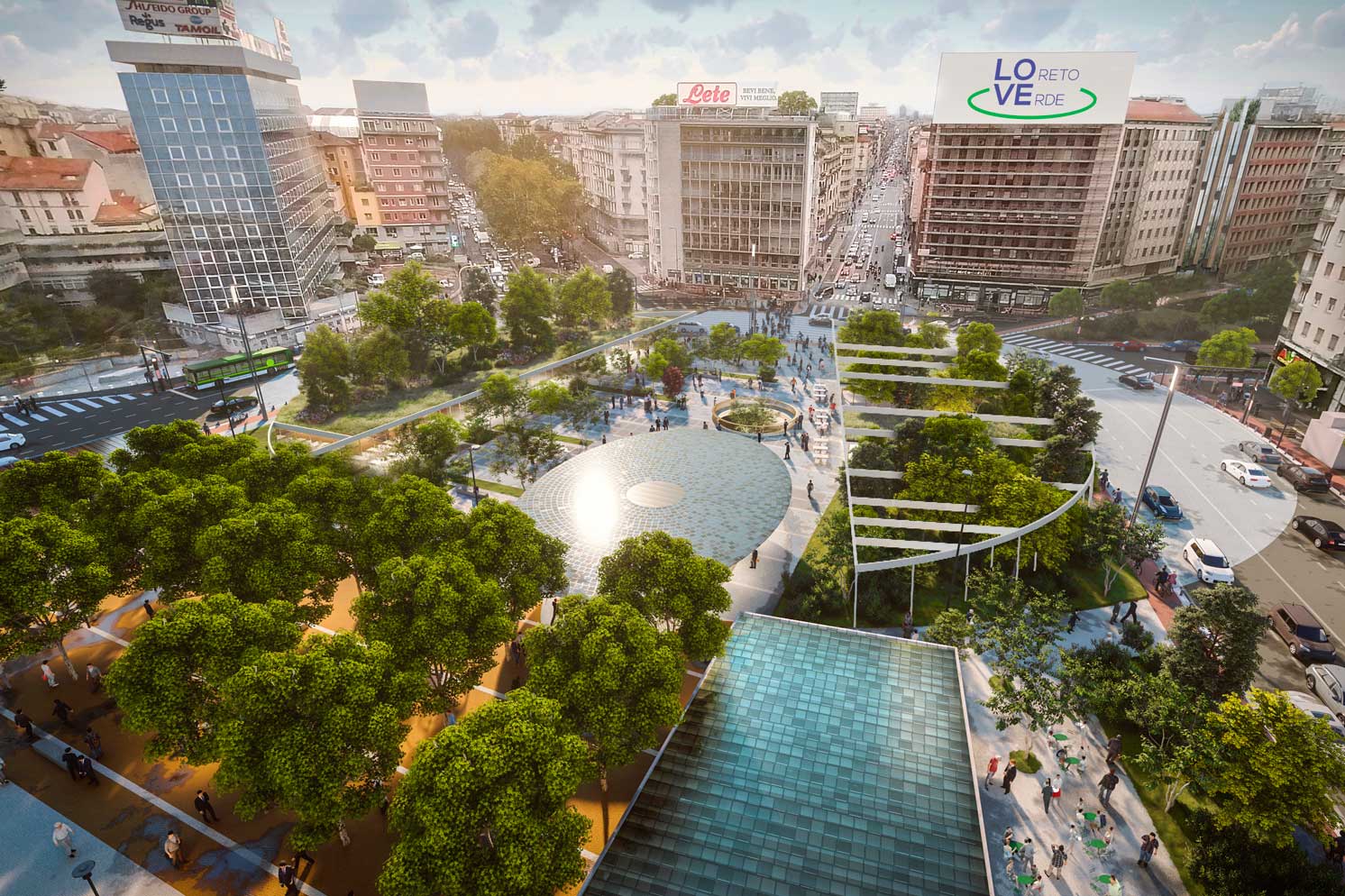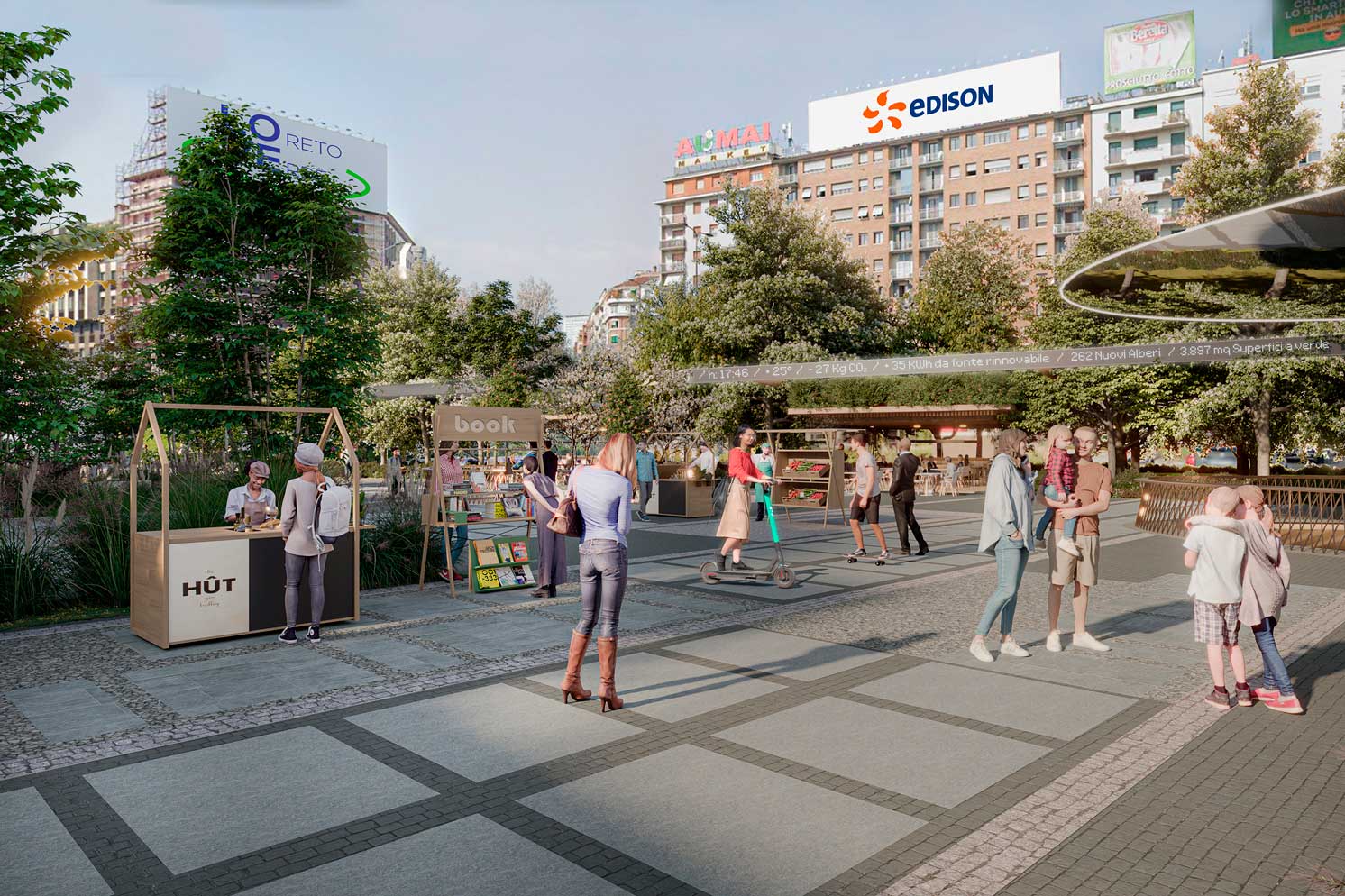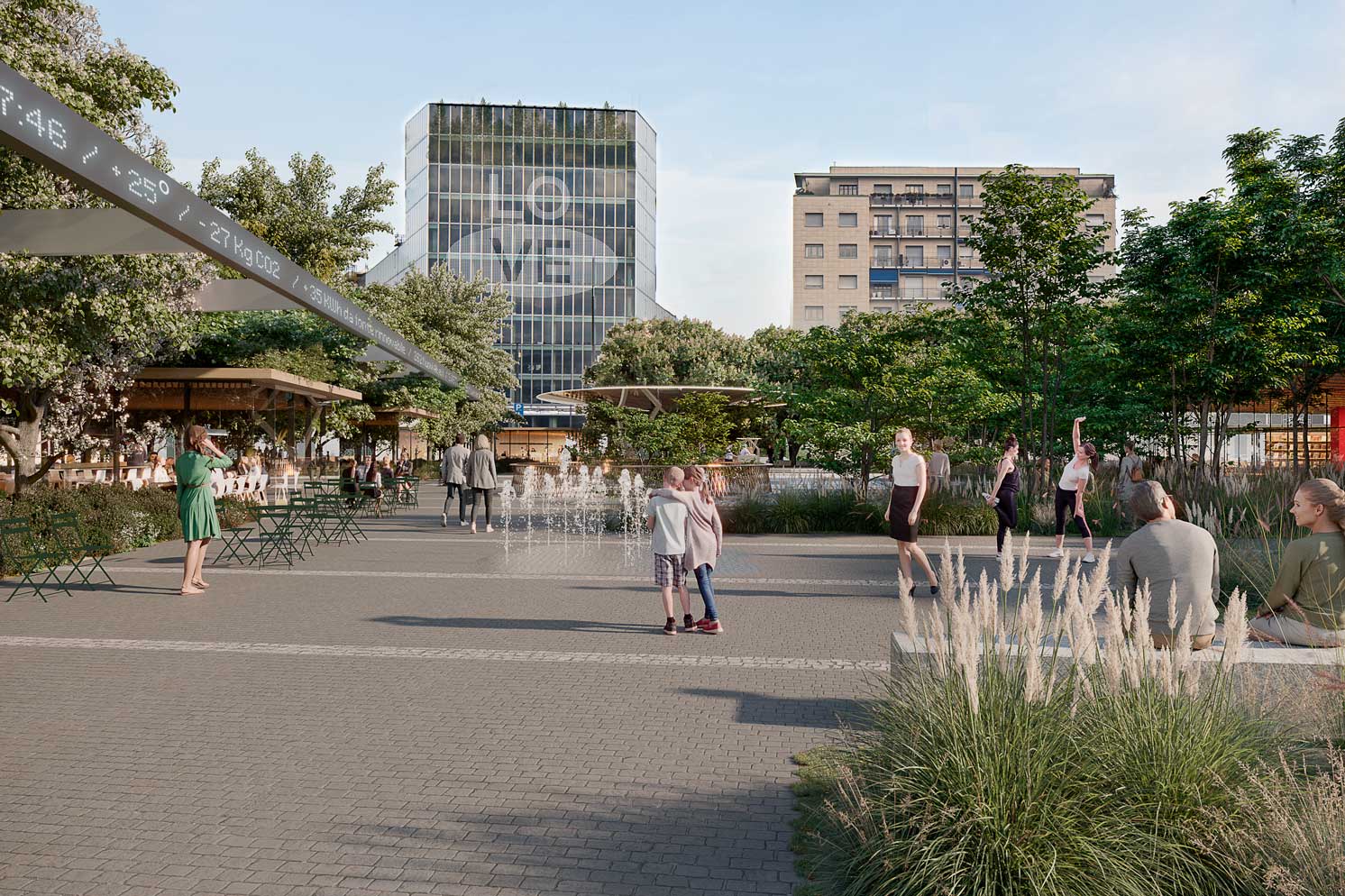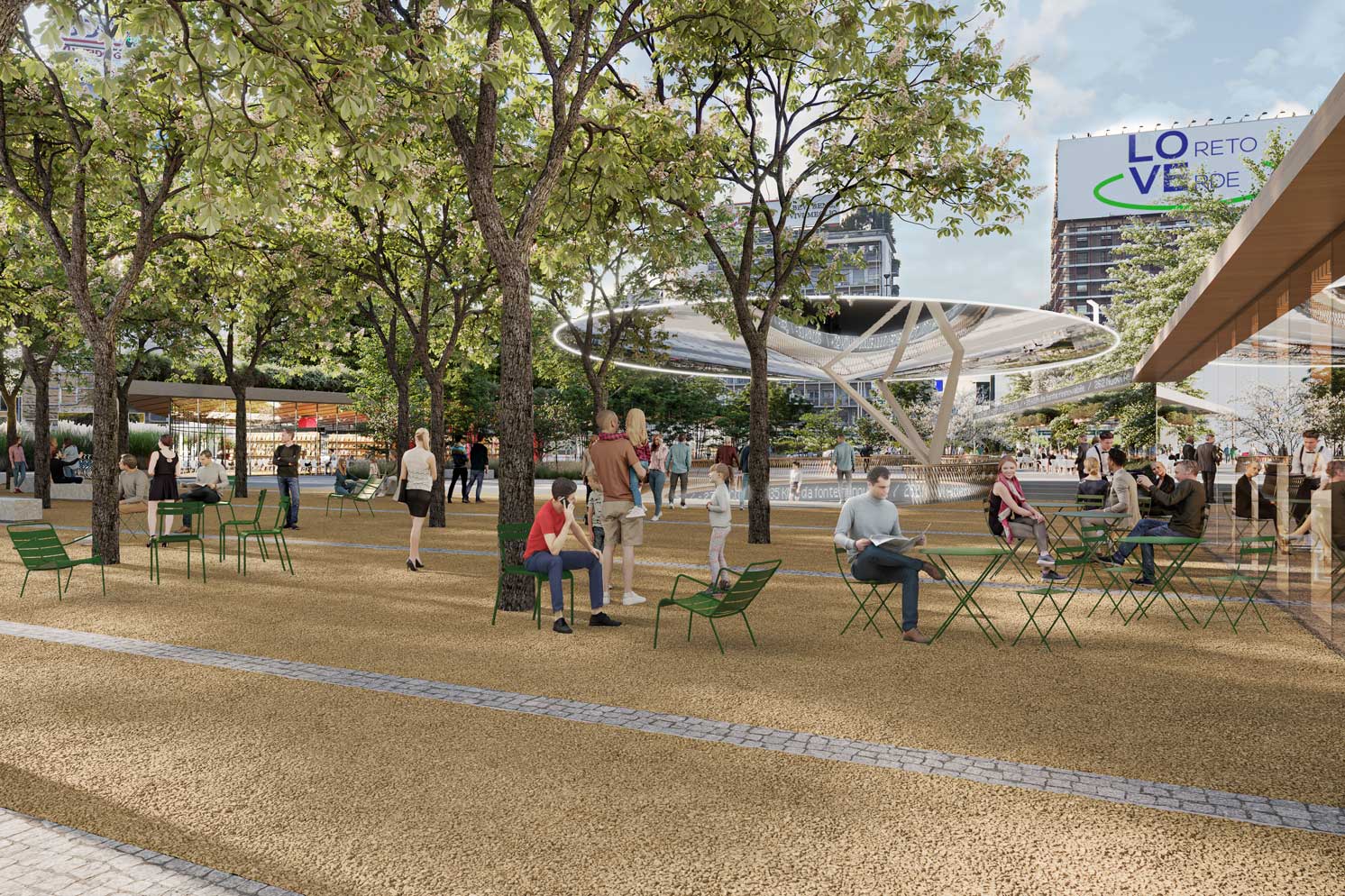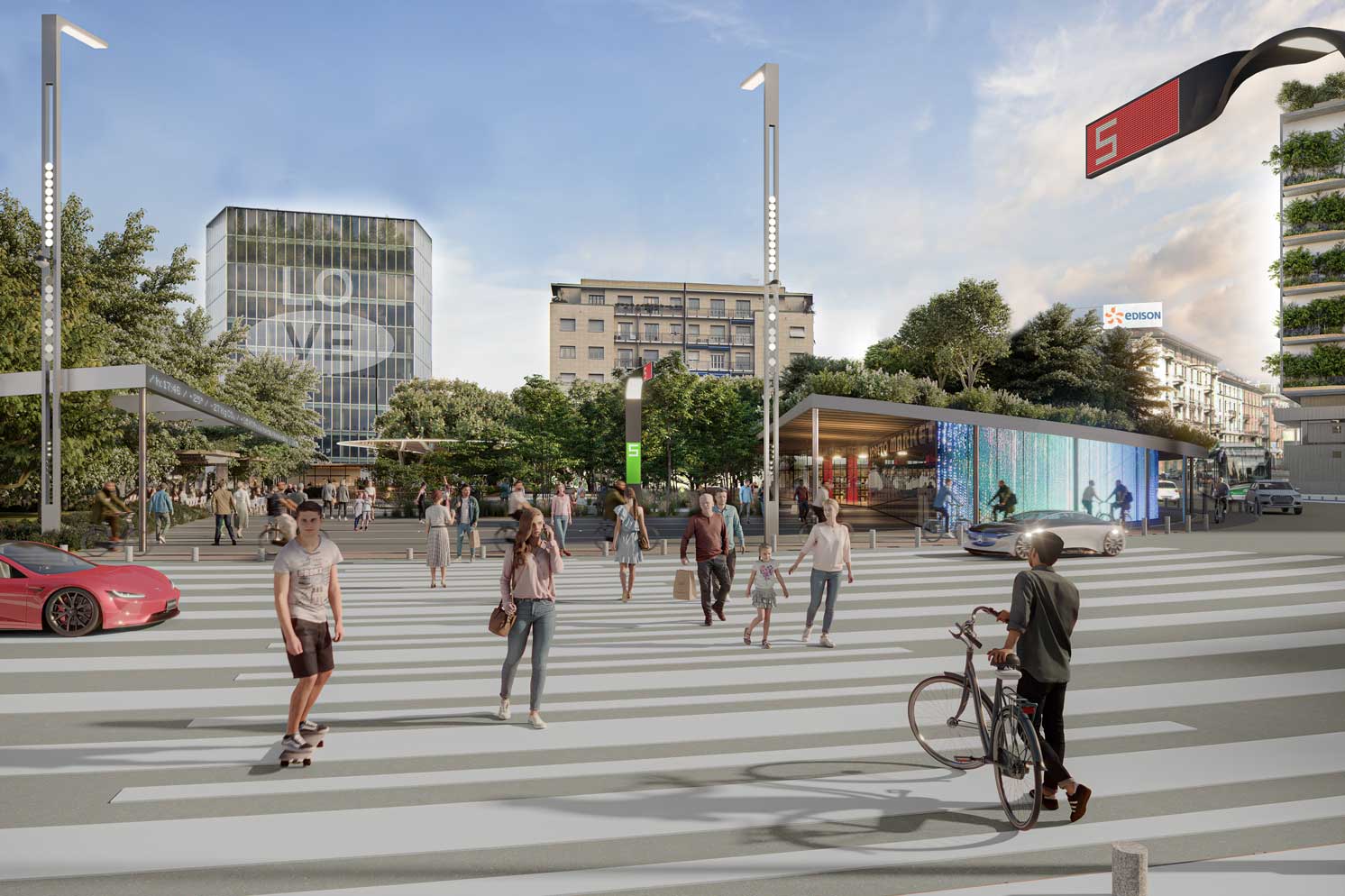LO.VE LOreto VErde
GREEN AREA
+262 trees
+1933sqm green roofs
DATA
2021
LOCATION
Milan, IT
PROJECT BY
• P’ARCNOUVEAU
• Citterio-Viel & Partners
• Systematica
• Faces Engineering
• Ariatta
• Citelum EDF Group
• J+S
• Social Impact Team
• Studio Legale Valaguzza
• Politecnico di Milano
• Prelios
• ViCom
• CA Ventures
• Edison
COMPETITION
Reinventing Cities 2021

